
Ejiri-juku: A Journey Back in Time
Explore Ejiri-juku, a historical post town on the Tokaido Road, offering a glimpse into Japan's Edo-period past in Shizuoka.
Ejiri-juku, a former post town on the Tokaido Road, offers a glimpse into Japan's Edo period. Stroll through its streets and imagine travelers making their way between Tokyo and Kyoto.
A brief summary to Ejiri-juku
- 10-11 Ginza, Shizuoka, Ginza, Shimizu Ward, Shizuoka, 424-0817, JP
- Visit website
- Monday 12 am-12 am
- Tuesday 12 am-12 am
- Wednesday 12 am-12 am
- Thursday 12 am-12 am
- Friday 12 am-12 am
- Saturday 12 am-12 am
- Sunday 12 am-12 am
Local tips
- Explore the local shops for unique souvenirs and traditional crafts.
- Try the local cuisine, particularly dishes that feature fresh seafood from the nearby coast.
- Plan your visit around local festivals to experience authentic cultural events and celebrations.
Getting There
-
Walking
Ejiri-juku is located in the Ginza district of Shimizu Ward in Shizuoka. From Shimizu Station, it's approximately a 15-20 minute walk. Head east from the station towards the Ginza shopping street. Ejiri-juku is situated along this street. There are no specific costs associated with walking.
-
Public Transport
From Shimizu Station, take the Shizutetsu Justline bus towards Miho and get off at the Ginza-iriguchi bus stop. The bus ride is short, and Ejiri-juku is a short walk from the bus stop. The fare is approximately ¥200.
-
Taxi
A taxi from Shimizu Station to Ejiri-juku takes around 5-10 minutes, depending on traffic. The estimated fare is between ¥700-¥1000. Taxis are readily available at the station.
Discover more about Ejiri-juku
Iconic landmarks you can’t miss
Suruga Bay Ferry
1.5 km
Discover the beauty of Suruga Bay with a scenic ferry ride, blending transportation and breathtaking views in Shizuoka, Japan.
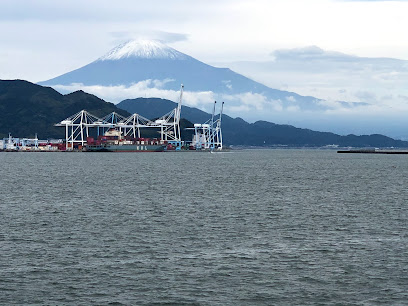
Sabo Yume Terrace
5.2 km
Discover the tranquility of Sabo Yume Terrace, a captivating café with breathtaking views of Mount Fuji and delightful Japanese treats.
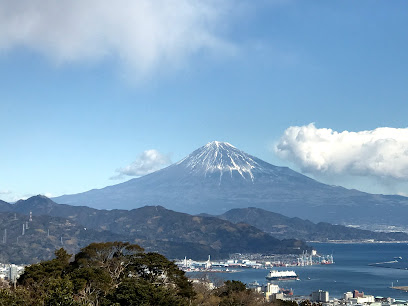
Kunouzan Station
6.3 km
Discover stunning views and nature trails at Kunouzan Station, your gateway to the breathtaking beauty of Shizuoka's landscapes.
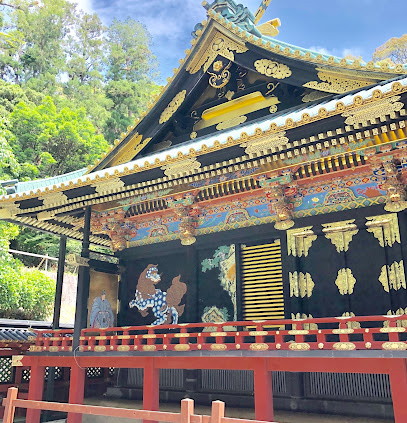
SURUGA Marketing & Tourism Bureau
9.6 km
Explore Suruga's cultural treasures and tourism highlights at the SURUGA Marketing & Tourism Bureau, your gateway to Shizuoka's best experiences.
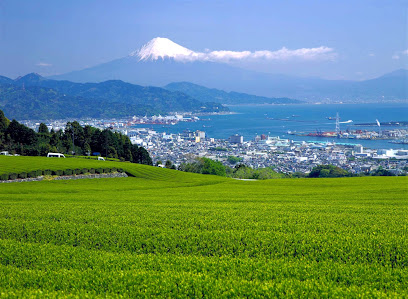
Shizuoka Station
10.2 km
Discover the heart of Shizuoka at Shizuoka Station, your gateway to stunning landscapes, cultural gems, and local delights in Japan.
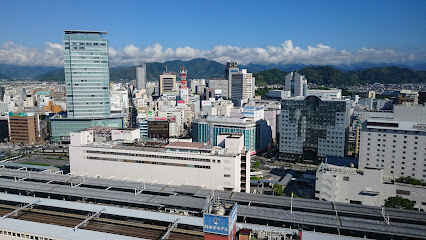
Suruga Bay
16.9 km
Experience the breathtaking beauty and rich culture of Suruga Bay, a serene destination in Japan perfect for relaxation, adventure, and exploration.
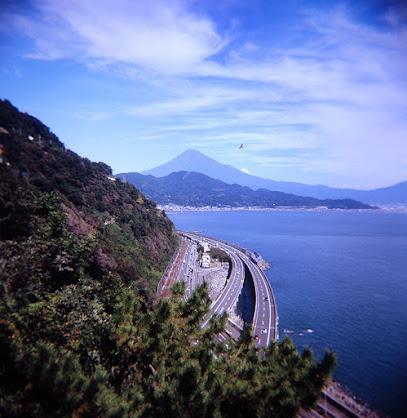
Suruga Bay Deep Sea Life Museum
26.1 km
Explore the depths of Suruga Bay at the Deep Sea Life Museum, where fascinating marine exhibits reveal the wonders of underwater ecosystems.
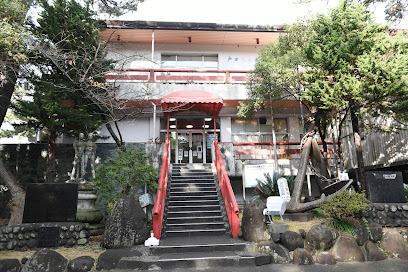
Cape Ose
27.6 km
Discover the captivating beauty of Cape Ose in Numazu, Shizuoka, where stunning ocean views and picturesque sunsets await every visitor.
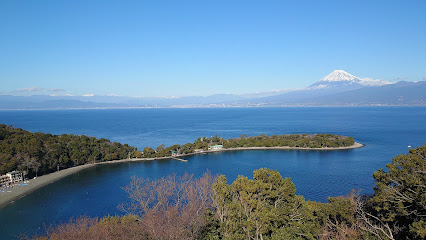
Odoi Beach
29.5 km
Discover Odoi Beach in Izu: Serene sands, clear waters, and tranquil beauty for a perfect coastal escape in Shizuoka.
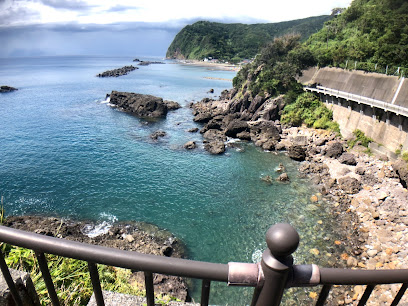
Obuchi Sasaba
29.5 km
Experience the serene beauty and rich cultural heritage of Obuchi Sasaba in Fuji, Shizuoka—a scenic escape perfect for nature lovers and tea enthusiasts.
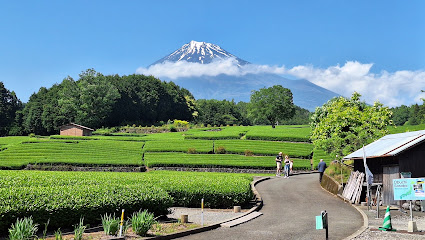
Lover’s Cape Gold Bell
29.9 km
Experience stunning views of Mount Fuji and the serene beauty of nature at Lover's Cape Gold Bell in Koshimoda, Izu, Shizuoka.
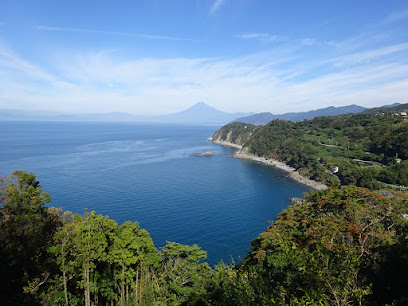
Toi Beach
30.3 km
Escape to Toi Beach: Serene shores, stunning Fuji views, and tranquil onsen experiences await on the Izu Peninsula.
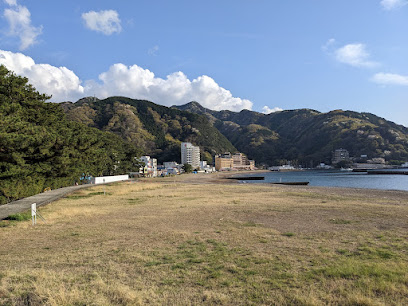
Toi Gold Mine
30.6 km
Discover Japan's rich mining history at the Toi Gold Mine, featuring interactive exhibits and the world's largest gold bar.

Kyakuden
30.7 km
Experience the serene beauty and spiritual heritage of Kyakuden, a tranquil Buddhist temple in Fujinomiya, Shizuoka, surrounded by nature's embrace.

Okuōikojō Station
32.3 km
Explore the scenic beauty and cultural richness of Shizuoka from Okuikojō Station, your gateway to unforgettable experiences in rural Japan.
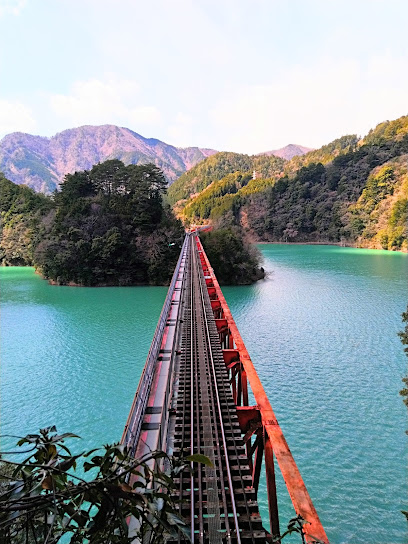
Unmissable attractions to see
Kojoji
0.1 km
Experience the serenity of Kojoji in Shizuoka, a beautiful Buddhist temple surrounded by tranquil gardens and rich cultural heritage.
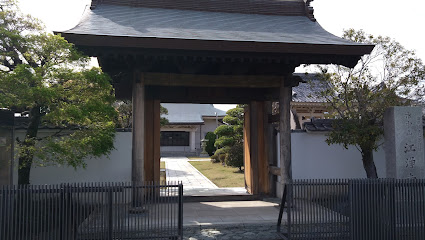
Shimizu Fish Market
0.6 km
Discover fresh seafood and local flavors at Shimizu Fish Market, Japan's premier destination for tuna and marine delicacies.
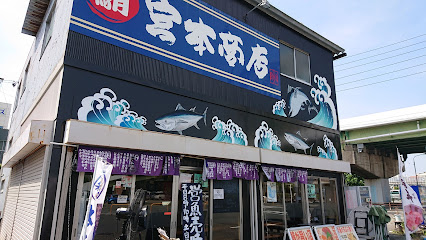
Catholic Shimizu Church
1.0 km
Discover the serene beauty and architectural splendor of Catholic Shimizu Church in Shizuoka, a must-visit destination for spiritual seekers and architecture lovers alike.
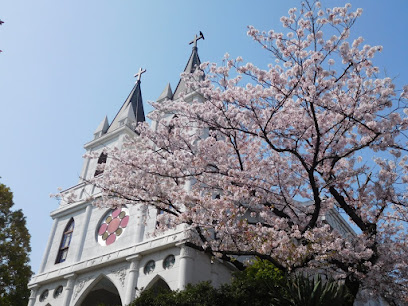
Chibi Maruko Chan Land
1.1 km
Explore the enchanting world of Chibi Maruko Chan at this delightful theme park in Shizuoka, where fun and nostalgia await every visitor.
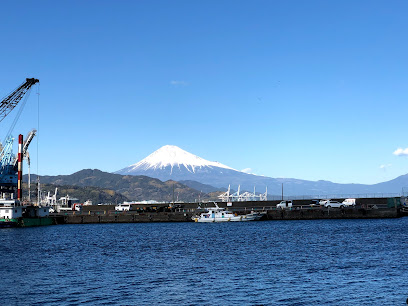
Shimizu Marine Park
1.3 km
Enjoy seaside views, historical landmarks, and recreational activities at Shimizu Marine Park, a relaxing waterfront destination in Shizuoka.
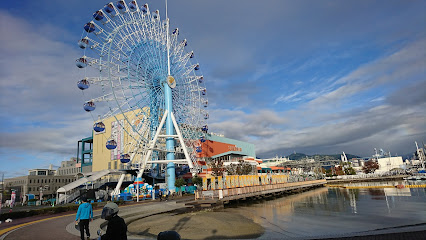
Shimizu Harbor Bay Cruise
1.3 km
Discover the breathtaking beauty of Shizuoka's coastline with the Shimizu Harbor Bay Cruise, a must for every traveler seeking adventure and serenity.
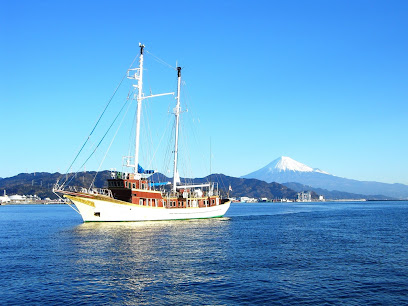
Ryūgeji
3.2 km
Discover the tranquility of Ryūgeji, a stunning Buddhist temple in Shizuoka, where serenity and cultural heritage meet amidst beautiful gardens.
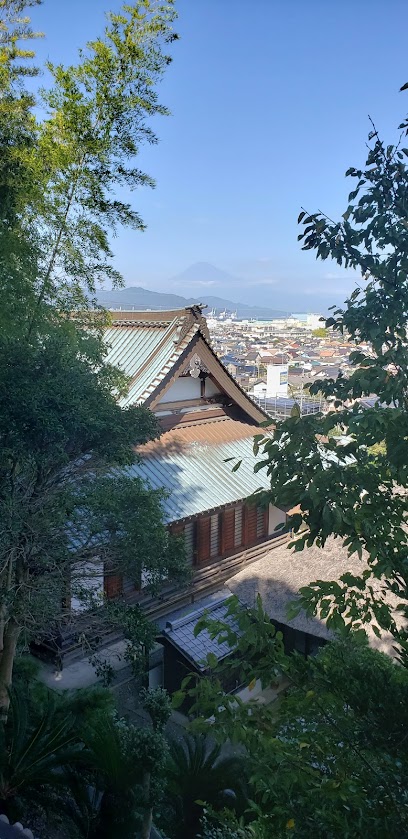
Miho Masaki Beach
3.3 km
Experience the breathtaking beauty of Miho Masaki Beach in Shizuoka, where golden sands meet stunning views of Mount Fuji.

Shimizu port Miho Breakwater north Lighthouse
3.6 km
Explore the scenic beauty and maritime history at Shimizu Port Miho Breakwater North Lighthouse, a must-visit coastal landmark in Shizuoka.
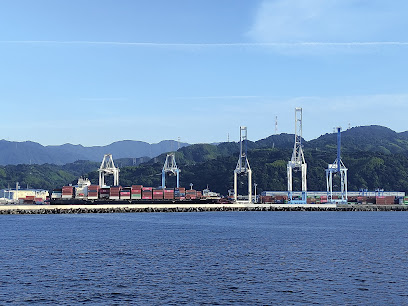
Miho Shrine
3.9 km
Explore the tranquil beauty of Miho Shrine, a Shinto gem in Shizuoka, where spirituality and nature harmoniously blend for a memorable visit.
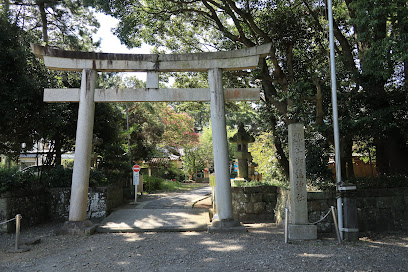
Shimizu-Miho Seaside Park.
4.1 km
Discover Shimizu-Miho Seaside Park: Where stunning Mount Fuji views meet tranquil coastal beauty in Shizuoka.
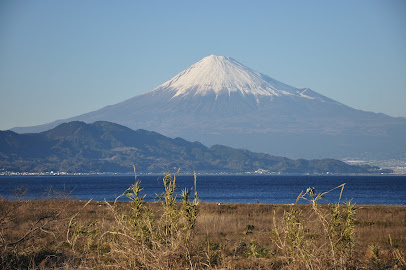
Shimizu Lighthouse (Miho Lighthouse.)
4.2 km
Discover the Shimizu Lighthouse, a historic maritime landmark offering stunning coastal views and a serene atmosphere in Shizuoka, Japan.
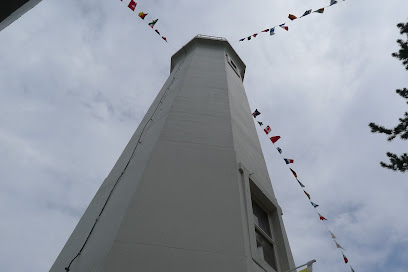
Miho Shirube (Shizuoka City Miho no Matsubara Culture & Creativity Center)
4.3 km
Explore Miho Shirube, a cultural hub in Shizuoka, showcasing local heritage, crafts, and stunning views of Miho no Matsubara.
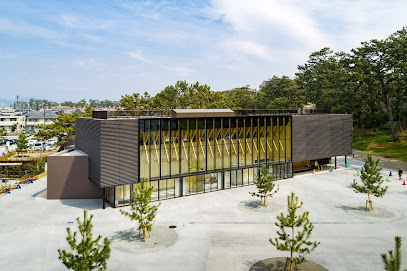
Miho no Matsubara (Miho Pine Forest)
4.3 km
Experience the serene beauty of Miho no Matsubara, a stunning nature preserve with breathtaking views of Mount Fuji and pristine coastal landscapes.
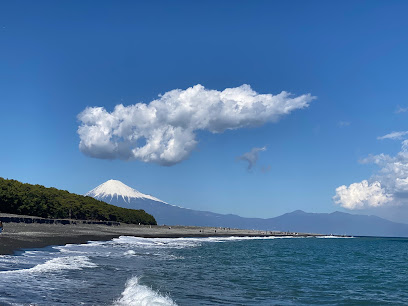
Shizuoka Prefectural Museum of Art
4.7 km
Discover landscape art and Rodin masterpieces at Shizuoka Prefectural Museum of Art, nestled in the scenic foothills of Nihondaira Plateau.
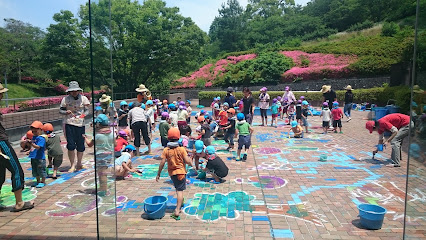
Essential places to dine
Menya Clear Main Branch
5.5 km
Discover authentic Japanese flavors at Menya Clear Main Branch in Shizuoka - a top destination for ramen lovers seeking an unforgettable dining experience.
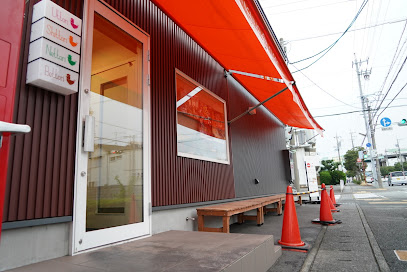
Suruga Health Land
6.1 km
Experience ultimate relaxation at Suruga Health Land – a perfect blend of traditional onsen culture and modern wellness facilities in Shizuoka.

Maharaja dining
6.6 km
Discover the vibrant flavors of India at Maharaja Dining - a culinary delight in Shizuoka.
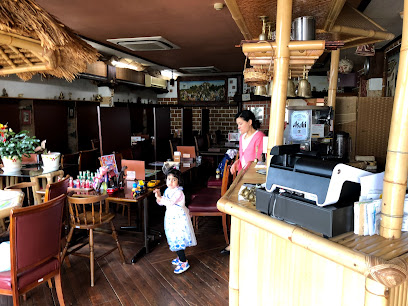
Sawayaka Shizuoka Ikeda
7.1 km
Discover the charm of Sawayaka Shizuoka Ikeda – where delicious Western cuisine meets family-friendly hospitality in the heart of Shizuoka.
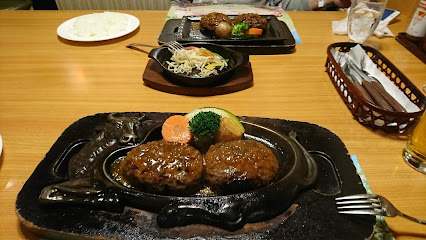
ファーマーズ ピッツエリア DON FARM
8.5 km
Experience authentic Italian cuisine at DON FARM in Shizuoka, where fresh ingredients meet stunning views of Suruga Bay.
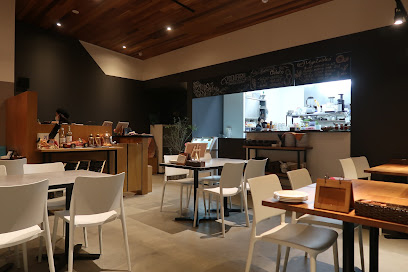
Restaurant Suruga
9.0 km
Experience authentic Japanese cuisine at Restaurant Suruga - a must-visit culinary gem in Shizuoka.
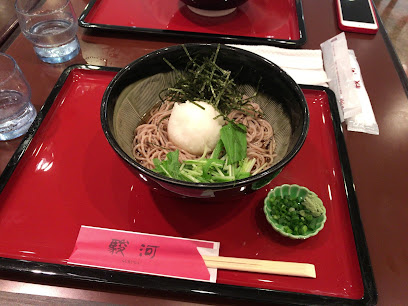
Unno
9.4 km
Discover Unno in Shizuoka – an exquisite tonkatsu restaurant serving deliciously crispy pork cutlets in a warm and inviting atmosphere.
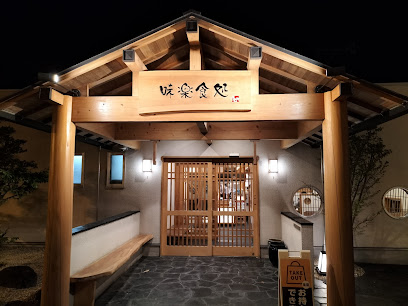
Ishigami
9.5 km
Discover Ishigami: A delightful ramen destination in Shizuoka offering authentic flavors and cozy ambiance.
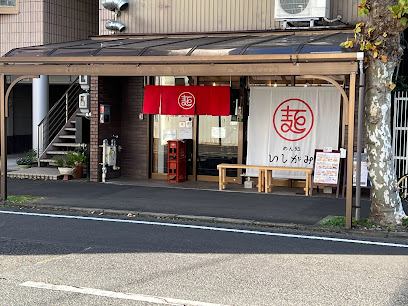
Namaste Nippon
9.6 km
Experience the delightful fusion of Indian and Japanese cuisine at Namaste Nippon in Shizuoka.
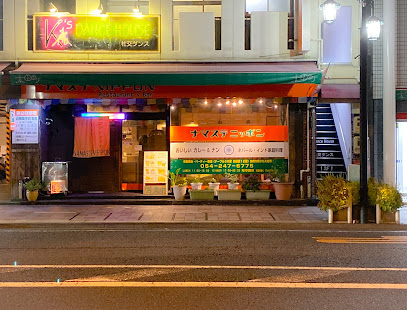
Shimizuko Minami
10.0 km
Experience authentic Japanese seafood at Shimizuko Minami - home of exquisite tuna bowls and delightful flavors in Shizuoka.
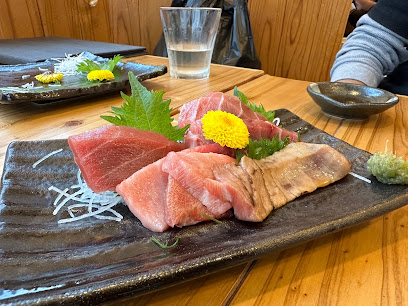
Italian cuisine AL PORTO SHIZUOKA
10.1 km
Savor authentic Italian cuisine with stunning views at Al Porto Shizuoka – where every meal is a celebration of flavor.

Chez Mont Pierre
10.1 km
Discover the art of French dining at Chez Mont Pierre in Shizuoka – where every dish tells a story.
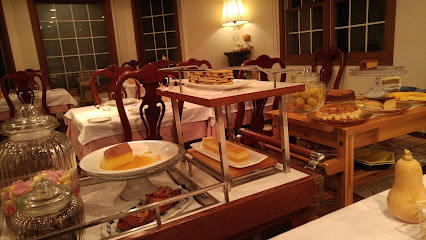
SPICY COLOMBO
10.2 km
Discover authentic Sri Lankan cuisine at Spicy Colombo in Shizuoka; where every dish tells a story through rich spices and vibrant flavors.

UMIBOUZU Main Store
10.3 km
Explore the vibrant flavors and warm hospitality of UMIBOUZU Main Store in Shizuoka - your gateway to authentic Japanese izakaya dining.
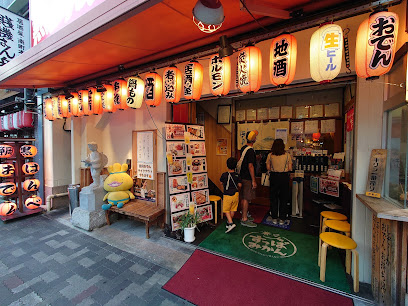
Murasaki Shizuokaeki-minamiguchi
10.3 km
Experience authentic Japanese flavors at Murasaki Shizuokaeki-minamiguchi – where fresh seafood meets traditional cooking.
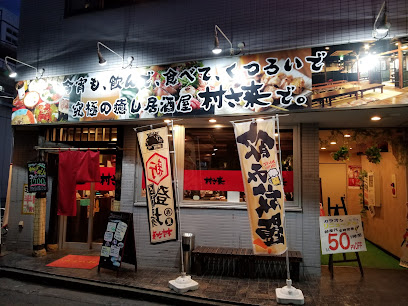
Markets, malls and hidden boutiques
S-Pulse Dream Plaza
1.1 km
Explore the vibrant S-Pulse Dream Plaza in Shizuoka, where shopping, dining, and entertainment blend seamlessly for an unforgettable experience.
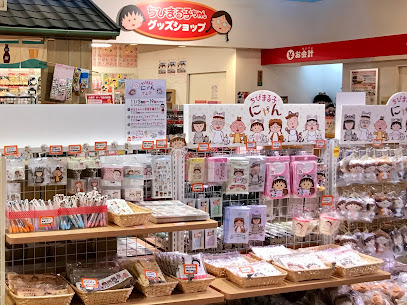
Hobbyshop Sigma
9.5 km
Discover Hobbyshop Sigma in Shizuoka, where model enthusiasts find a rich selection of scale models and hobby supplies reflecting Japan's craftsmanship.
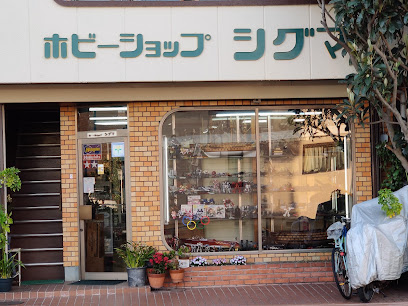
Alpen
9.9 km
Explore the best sporting goods at Alpen in Shizuoka, where adventure meets quality gear for all your outdoor pursuits.

Shizuoka
9.9 km
Discover the beauty of Shizuoka, where stunning views, rich culture, and delicious cuisine blend seamlessly for an unforgettable experience.
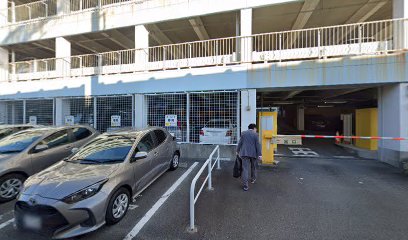
APiTA Shizuoka
10.0 km
Explore the dynamic APiTA Shizuoka Shopping Mall for a unique blend of shopping and local flavors in the heart of Shizuoka.
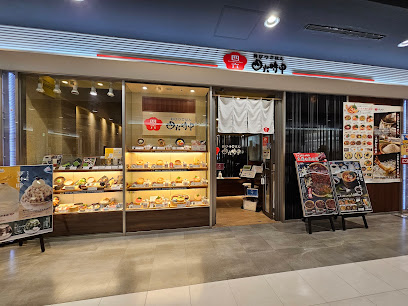
Central Square Shizuoka
10.0 km
Discover a vibrant shopping experience at Central Square Shizuoka, featuring a mix of local and international brands in a modern setting.
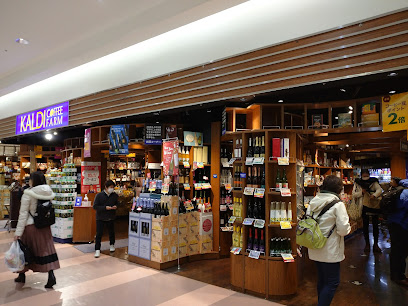
Jeans Shop Osada Apita Shiuzoka
10.1 km
Explore the finest denim selections at Jeans Shop Osada in Shizuoka, where quality meets style in a delightful shopping experience.

Kaitorimusubi Apitashizuokaten
10.1 km
Discover unique pre-loved treasures at Kaitorimusubi Apitashizuokaten, a must-visit thrift store in Shizuoka, Japan.
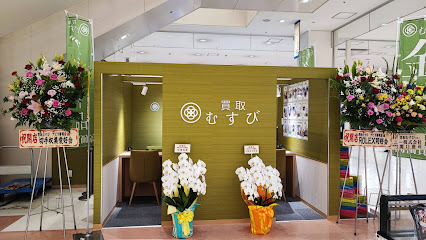
Dearパティズ静岡店
10.1 km
Explore the vibrant world of beauty at Dearパティズ静岡店, where local charm meets premium cosmetics in Shizuoka.
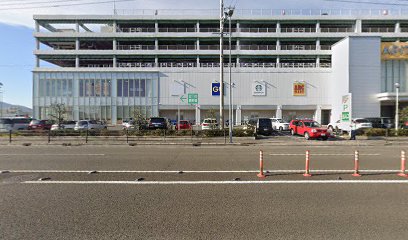
Ai-ai Furniture Co., Ltd.
10.2 km
Explore Ai-ai Furniture Co., Ltd. in Shizuoka for exquisite Japanese designs and timeless craftsmanship in furniture and decor.
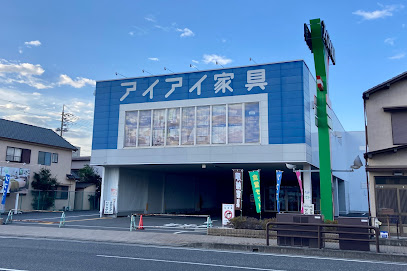
Matsuzakaya Department Store Shizuoka
10.2 km
Explore Matsuzakaya Department Store in Shizuoka, where shopping meets local culture, featuring cosmetics, gourmet groceries, and unique souvenirs.
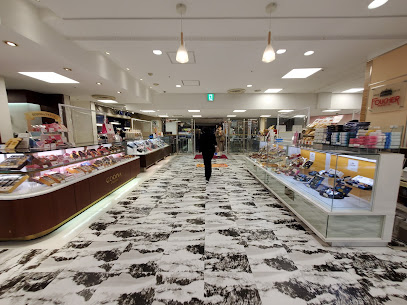
PARCHÉ
10.2 km
Explore PARCHÉ in Shizuoka for a vibrant shopping experience blending local culture with global brands and delightful dining options.

Shifonkekinomise kahon
10.2 km
Discover the sweet taste of Japan at Shifonkekinomise Kahon, home to delectable pastries and the famous chiffon cake in Shizuoka.
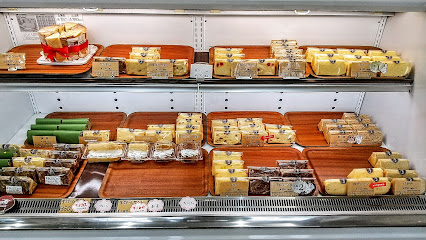
Shikisaido Shizuokanakadaten
10.2 km
Explore the vibrant world of Shikisaido Shizuokanakadaten, a variety store in Shizuoka offering unique local products and authentic Japanese experiences.
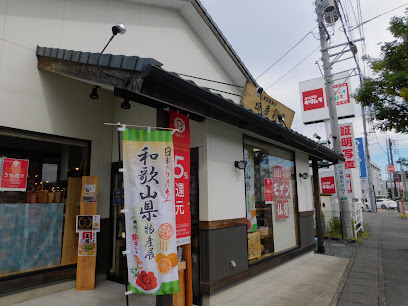
Surugaya Shizuoka Flagship Store
10.3 km
Explore a vast selection of collectibles and pop culture treasures at Surugaya Shizuoka Flagship Store, your ultimate hobby haven.

Essential bars & hidden hideouts
Live Studio Free Cafe What?
10.1 km
Discover the lively spirit of Shizuoka at Live Studio Free Cafe What?, a charming live music bar blending local culture, drinks, and entertainment.
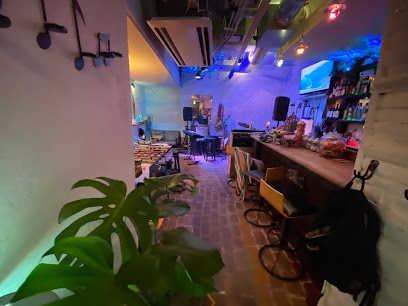
United
10.3 km
Discover United in Shizuoka - a cocktail bar blending vibrant nightlife with delicious hot dogs and a cozy cafeteria experience.
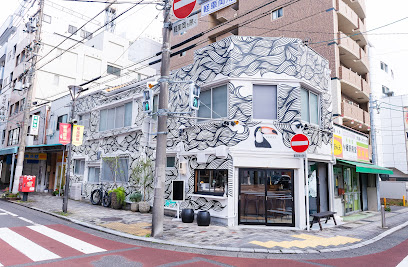
12 - twelve (West Coast Brewing)
10.3 km
Discover Twelve in Shizuoka: A vibrant bar and restaurant offering an extensive selection of craft beers and delicious local cuisine in a cozy atmosphere.
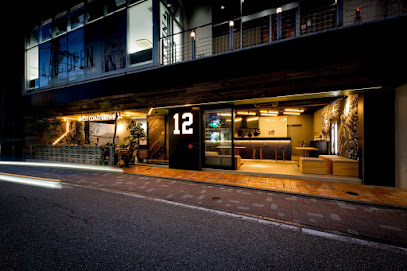
LA TABLE DE SHIMA
10.3 km
Experience authentic Japanese beverages in a cozy setting at LA TABLE DE SHIMA, Shizuoka's charming bar for travelers.
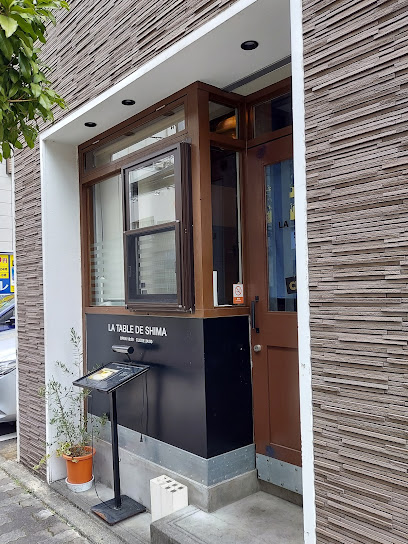
BAR GOGH(バー・ゴッホ)
10.4 km
Experience the artistry and charm of Bar Gogh in Shizuoka, where unique cocktails and a cozy atmosphere await your visit.
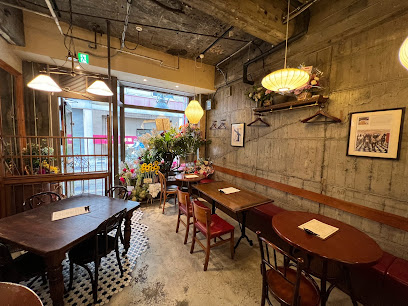
煙人 by packersgate
10.4 km
Immerse yourself in Shizuoka's nightlife at 煙人 by packersgate, where shisha meets a vibrant atmosphere and delightful flavors.
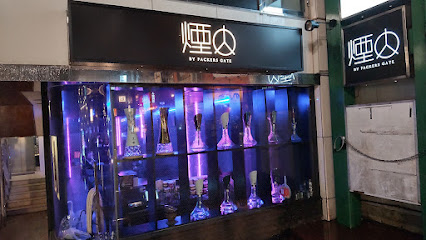
4-13 Bar
10.4 km
Discover Shizuoka's vibrant nightlife at 4-13 Bar, a lively pub offering a great selection of drinks and a welcoming atmosphere.
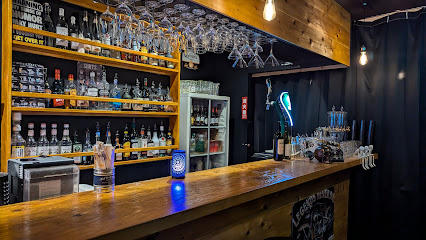
バーオンス(BAR OZ)
10.4 km
Discover the vibrant nightlife of Shizuoka at BAR OZ, where refreshing beverages and a lively atmosphere await every visitor.
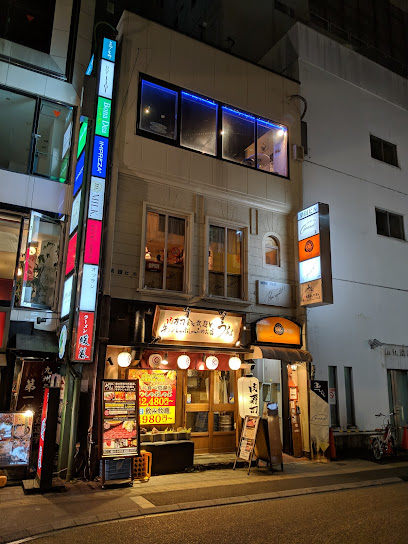
BAR BOOP 旧Lamp
10.5 km
Experience the charm of BAR BOOP 旧Lamp, a cozy bar in Shizuoka serving crafted cocktails and a vibrant nightlife atmosphere.
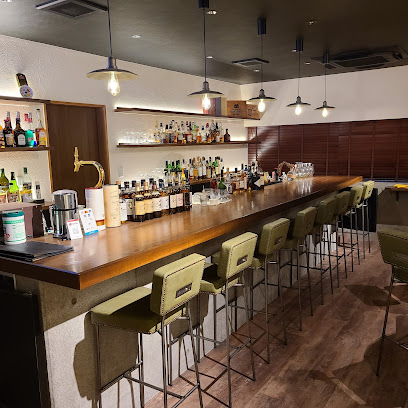
BAR PRISCILLA
10.5 km
Discover the vibrant nightlife at Bar Priscilla in Shizuoka, where locals and tourists enjoy great drinks and a welcoming atmosphere.
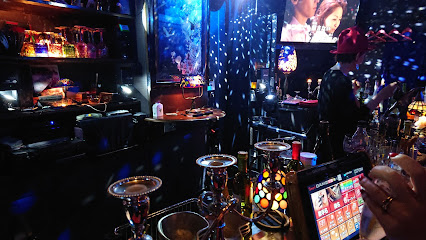
ガールズBar カラオケBar Black Bart
10.5 km
Discover the lively ambiance of Black Bart - a premier girl bar in Shizuoka with karaoke and delightful cocktails.
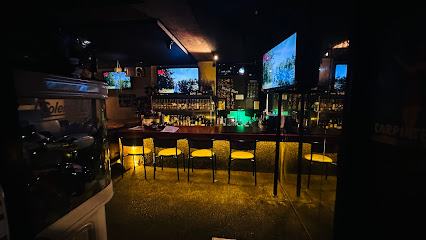
ResortBar Julian(リゾートバー ジュリアン)
10.5 km
Experience the vibrant nightlife at ResortBar Julian in Koyamachi, Shizuoka, where expertly crafted cocktails meet a stylish atmosphere.
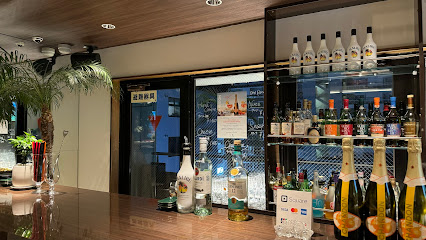
BAR Pisco(バーピスコ)
10.5 km
Experience the enchanting energy of BAR Pisco, Shizuoka's top karaoke bar, where music and fun come together in a vibrant atmosphere.

Bar NEXUS II
10.5 km
Experience the vibrant nightlife at Bar NEXUS II in Shizuoka, where exquisite cocktails and lively atmosphere create unforgettable evenings.
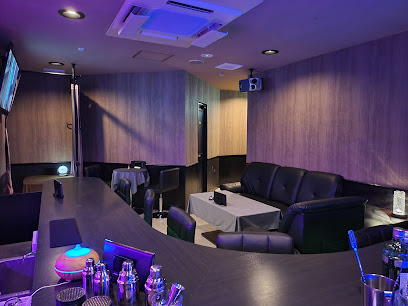
BAR七海
10.5 km
Discover the vibrant nightlife at BAR七海 in Shizuoka, where expertly crafted drinks and a lively atmosphere await you.




